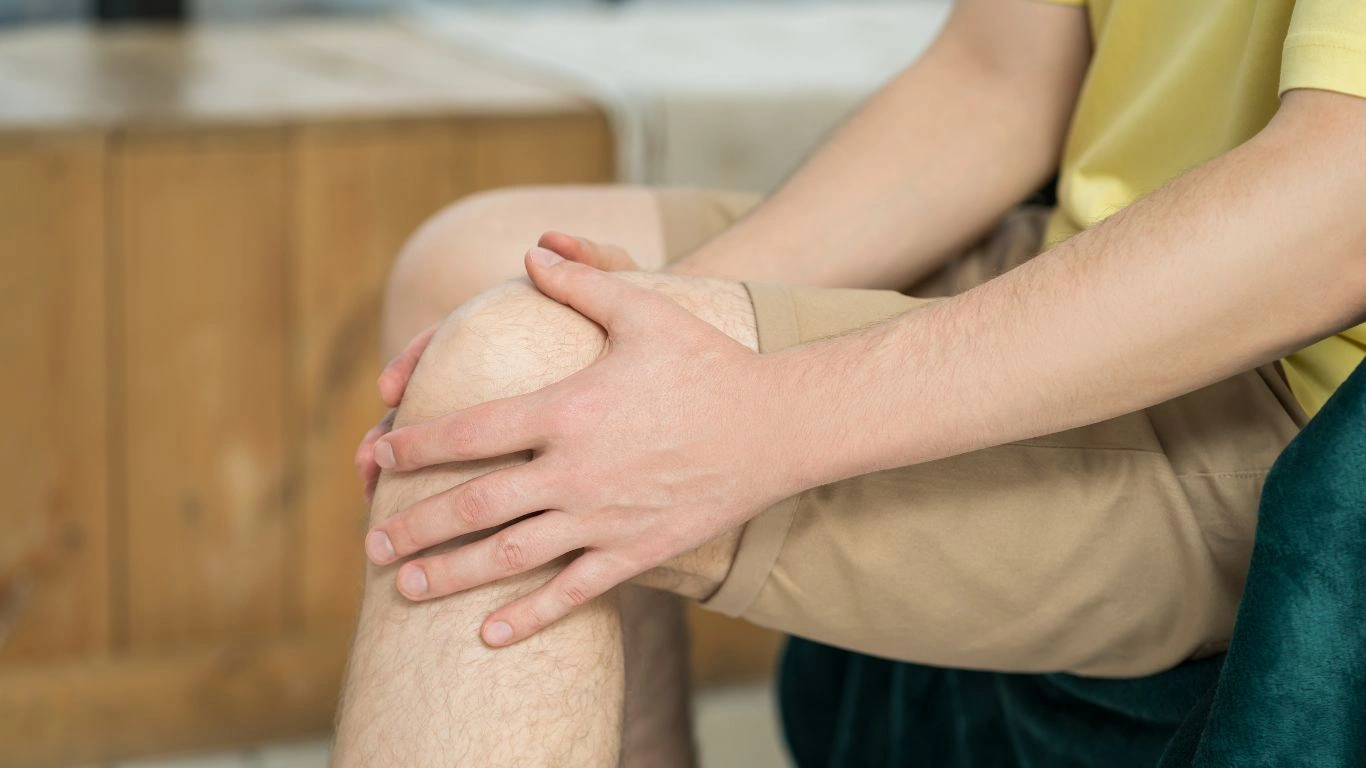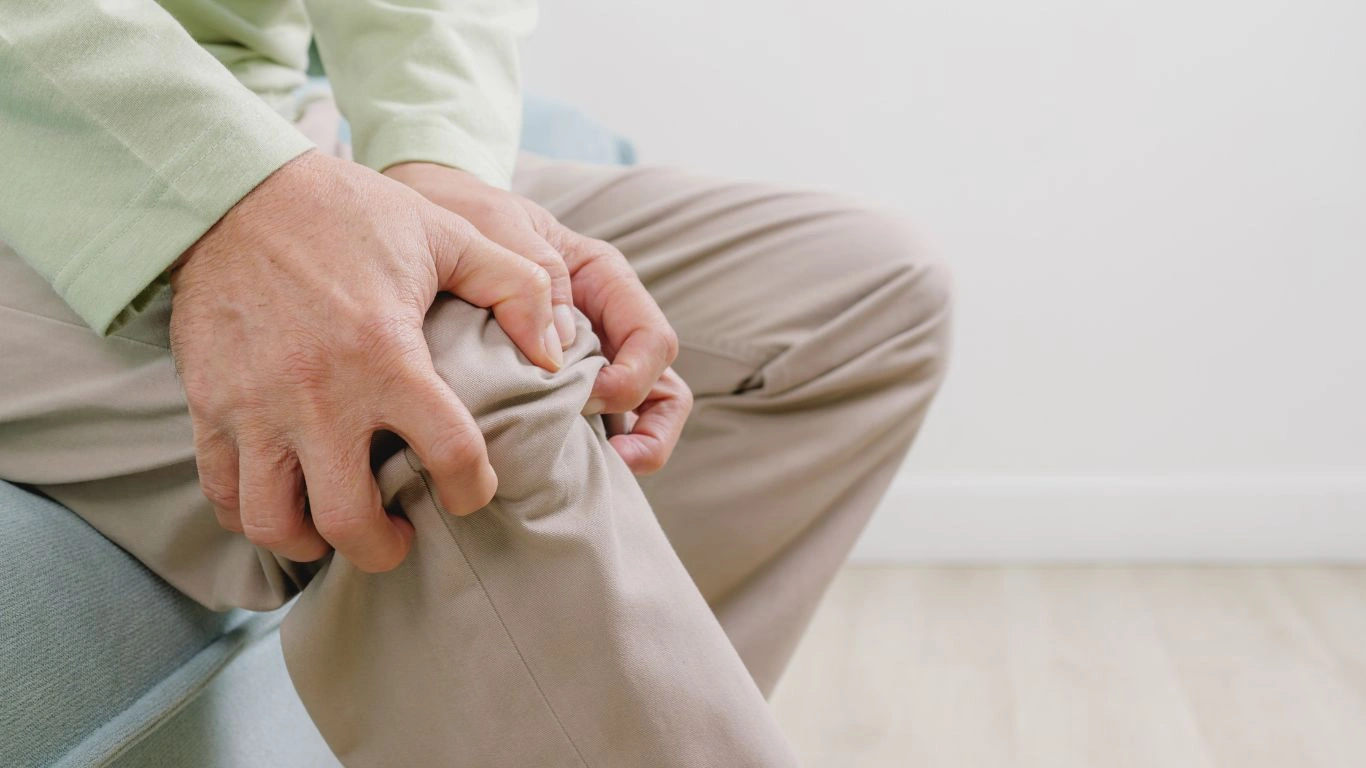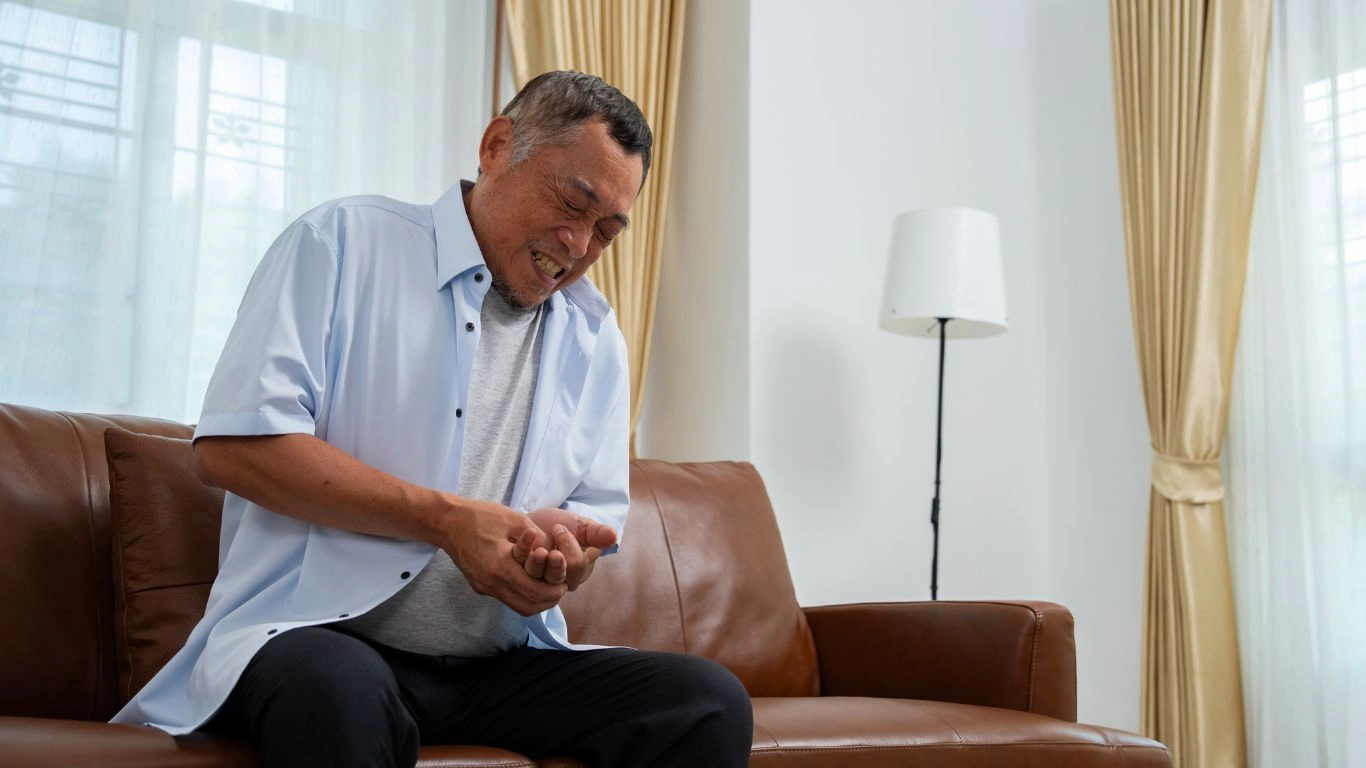Must-Know RA-Friendly Travel Planning Tips That Actually Work
Planning a vacation when you’re living with rheumatoid arthritis (RA) can feel like preparing for a cross-country marathon in flip-flops. Trust me—I’ve worked with hundreds of patients over the years as a rheumatology nurse practitioner, and I’ve seen it all. From navigating unpredictable flare-ups to managing mobility and medication on the go, I get how overwhelming it can be. But here’s the good news: RA-friendly travel planning tips can make your next adventure smoother, more enjoyable, and—yes—totally doable. Let’s talk through what I’ve learned, both from my patients and from my own travel hacks gathered over the years.
Plan Smart, Not Last Minute

Why Advanced Planning Pays Off
RA doesn’t like surprises—and honestly, who does? That’s why I always recommend giving yourself plenty of lead time to plan. Think of it this way: the more you prepare, the less you’ll have to worry about what your joints might do mid-trip.
- Book early: Choose seats with extra legroom or close to restrooms (your knees will thank you).
- Call ahead: Many hotels will accommodate special requests like walk-in showers, extra pillows, or ground-floor rooms.
- Scope out accessibility: Check if your destination has wheelchair access, elevators, or smooth walking paths. Google Maps’ street view is surprisingly helpful here!
One of my patients, Laura, planned a hiking trip in Sedona. Sounds like a no-go for someone with RA, right? But because she looked into trails with shuttle access and short scenic paths, she was able to enjoy stunning views without aggravating her joints. Preparation made the difference between “can’t go” and “heck yes.”
Choose Your Destination Wisely

Climate Matters More Than You Think
Here’s the thing no one tells you about RA travel: weather can be your best friend—or your worst enemy. Humid, cold, or rainy environments often trigger more stiffness and discomfort. I’m not saying avoid them altogether, but it’s worth keeping in mind when picking where to go.
- Dry climates: Think Arizona, New Mexico, or parts of Spain. These can be easier on inflamed joints.
- Avoid extremes: Too hot or too cold can both be problematic, especially if you’re on immunosuppressants that affect temperature regulation.
- Pack layers: Even warm places get chilly at night. I never travel without a cozy wrap or heated blanket.
On a personal note, I once traveled to Ireland with a patient group in early spring—not the smartest call, weather-wise. By day three, half the group was reaching for their NSAIDs more than their cameras. Lesson learned: check the seasonal forecast before you go!
Mind Your Meds and Keep It Legal

Stay On Schedule, Even Across Time Zones
Your meds are sacred when you’re managing RA. Whether it’s methotrexate, biologics, or just your trusty anti-inflammatory, you can’t afford to skip a dose just because TSA got picky about your carry-on.
- Always carry meds in original bottles with your prescription label intact.
- Bring a letter from your provider (yes, I’ve written hundreds)—especially important for injectables or anything temperature-sensitive.
- Pack a cooler bag: Some RA meds need to stay cold. Invest in a small insulated case and stash a few TSA-approved ice packs.
Pro tip from someone who’s seen it go sideways: don’t rely on foreign pharmacies to have your exact medication. Even if you’re just hopping over the border, drug names and formulations can differ. Always pack extra doses and double-check country-specific regulations for biologics or syringes.
Pack with Purpose—Not Just Style

Comfort Over Carry-Ons
Let’s be honest—toting around a suitcase that feels like you’re hauling bricks is a hard pass when you’ve got RA. Packing smart is one of the most underrated RA-friendly travel planning tips I can share. Trust me, your wrists, shoulders, and hips will thank you.
- Choose lightweight luggage with 360-degree spinner wheels. I always recommend brands with good handles and smooth gliding—even better if they collapse easily in tight hotel closets.
- Limit weight per bag: If it’s over 15 lbs, it’s too heavy. Break things up into a carry-on and a smaller personal bag instead.
- Don’t forget supportive shoes: And I don’t mean the orthopedic bricks from 1997. Today’s travel sneakers are cute and joint-friendly. I always pack an extra pair with cushioning inserts—just in case a flare decides to visit uninvited.
I once made the mistake of packing three pairs of heels “just in case” on a girls’ weekend to Charleston. Spoiler: my ankles staged a rebellion by day two. Now it’s flats and stretchy shoes all the way. Function wins—always.
Keep Your Daily Routine (As Much as Possible)

Stick to What Keeps You Feeling Good
RA doesn’t take a vacation just because you do. If anything, travel can throw your body a little off balance. The secret? Don’t toss your whole routine out the airplane window. Keeping parts of your daily wellness habits intact can help prevent a flare and make you feel more in control.
- Stretch daily: I like to do a quick 10-minute stretch as soon as I wake up. Even in a hotel room, there’s usually space near the bed to gently move your joints before a busy travel day.
- Hydrate like it’s your job: Airplanes are super dehydrating, and being low on fluids can intensify joint stiffness. Bring a refillable water bottle and sip throughout the day. (Yes, bathroom breaks will happen. It’s worth it.)
- Rest smart: Schedule downtime. Even fun things can exhaust you faster when you’re managing RA. I often tell my patients to build a “flop break” into the middle of their day—somewhere to sit, recharge, and breathe.
When I went to San Diego with my family, I carved out an hour after lunch every day just to decompress in the hotel room with a heating pad and audiobook. Sounds boring, but I came home without a single flare-up. Sometimes being “boring” is actually being brilliant.
Get Moving (Gently) During Travel

Motion Is Lotion—Even on the Road
This is a phrase I use *all* the time in clinic. Motion is lotion for joints. If you’re sitting on a long flight, train ride, or road trip, the key is to move regularly—especially when your RA loves to stiffen things up when you’re still too long.
- Set a timer: Every 30-45 minutes, stand up (if you can), stretch, or walk a few steps down the aisle. Your hips and knees will feel way less like rusted hinges when you arrive.
- Do in-seat exercises: Ankle rolls, shoulder shrugs, neck circles, and gentle wrist stretches are subtle and effective.
- Compression gloves or socks: These can help with circulation and reduce swelling. I always travel with a pair of light compression gloves—lifesavers during long-haul flights.
One of my frequent-traveler patients even brings a small tennis ball to roll under her feet while flying. It sounds silly, but the relief she gets from that little trick is amazing. It’s the small stuff that can change the game.
Know When to Say “I Need Help”
Because Being Strong Isn’t About Doing It Alone
I’ll be real with you—this might be the hardest tip for many of us. We want to be independent, to “tough it out,” to not feel like a burden. But one of the most RA-friendly travel planning tips I share is this: *advocate for yourself*. Ask for help when you need it. That’s strength, not weakness.
- Use airport assistance: Wheelchair services, pre-boarding, and even gate-to-gate transport exist for a reason. Use them!
- Talk to hotel staff: Most places are happy to help with luggage or provide room modifications when asked.
- Travel with a buddy: Having someone who understands your needs—whether it’s family, a partner, or a friend—makes travel more fun and more manageable.
Honestly, some of the best travel memories come from letting others in. I’ve had patients tell me that allowing their loved ones to support them brought them closer together—and made for a more relaxed trip all around.
Embrace Tech Tools That Support Your Journey

Apps, Reminders & Virtual Backup
Traveling with RA doesn’t mean you’re flying blind. These days, tech is your best sidekick. Whether it’s keeping tabs on your meds, finding the nearest accessible bathroom, or checking the weather for joint-friendly conditions—there’s an app for that. And I always encourage my patients to use them!
- Medication reminders: Apps like Medisafe or your phone’s built-in health apps can nudge you when it’s time to take your meds—even across time zones.
- Health records: Keep a digital copy of your medication list, allergies, and provider contacts. I’ve had patients email it to themselves just in case they need urgent care away from home.
- Telehealth backup: Many rheumatology clinics now offer virtual appointments. If something flares up and you’re far from home, you may still be able to connect with your regular care team.
Personally, I use a notes app to log any joint stiffness or flare signs when I travel. It helps me stay in tune with my body, and if anything escalates, I’ve got a record to share with my doctor. Low effort, big payoff.
Travel Insurance & Health Prep: Don’t Skip It

Prepare for the “What Ifs” Without the Panic
I know—insurance talk isn’t exactly thrilling. But as someone who’s been in healthcare for years, I’ve seen firsthand how much of a difference a little prep makes when things don’t go according to plan. Whether it’s a medication issue, sudden flare, or travel delay, being ready can turn chaos into a manageable moment.
- Buy travel insurance: Look for plans that cover pre-existing conditions. Not all of them do! Check the fine print before clicking “buy.”
- Bring your RA toolkit: This can include everything from heat patches and compression gloves to over-the-counter pain meds and assistive devices (like a folding cane or jar opener).
- Know your destination’s healthcare setup: Before you go, Google local clinics or pharmacies near your hotel. Just knowing where to turn if you need help can be calming.
One of my long-time patients was caught in a flare while traveling abroad. Because she had travel insurance and her doctor’s letter handy, she got care quickly—and without draining her savings. Planning for the worst doesn’t mean you’re expecting it. It means you’re strong enough to face it if it comes.
Stay Positive—Even When Plans Change
Flexibility Is a Superpower
One of the most important RA-friendly travel planning tips I can give is this: be kind to yourself. Travel won’t always go perfectly. Sometimes you’ll need to skip the museum or take a rain check on the walking tour. And that’s okay.
- Build buffer days: I always suggest padding your trip with rest days or light-activity options. Think garden walks, spa time, or scenic train rides instead of nonstop action.
- Let go of “doing it all”: Quality over quantity, always. Even one amazing, RA-friendly activity can make a trip memorable.
- Celebrate the wins: Did you navigate the airport without pain? Eat amazing food in a new city? Laugh with loved ones? That’s the stuff that counts.
One of my favorite moments was sitting at a seaside café in Portugal with my feet up, sipping tea, and just soaking in the view. No packed itinerary. No pressure. Just peace. Sometimes, that’s the best travel story of all.
References
Disclaimer
This content is intended for informational purposes only and does not replace professional medical advice, diagnosis, or treatment. Always consult your healthcare provider or a rheumatology specialist regarding your unique health needs, especially before making travel plans with RA.

Tarra Nugroho is a dedicated Nurse Practitioner with a strong foundation in family and preventive care. She brings both compassion and clinical expertise to her practice, focusing on patient-centered care and health education. As a contributor to Healthusias.com, Tarra translates medical knowledge into clear, empowering articles on topics like women’s health, chronic disease management, and lifestyle medicine. Her mission is simple: help people feel seen, heard, and informed—both in the clinic and through the content she creates. When she’s not caring for patients, Tarra enjoys weekend hikes, plant-based cooking, and curling up with a good health podcast.






